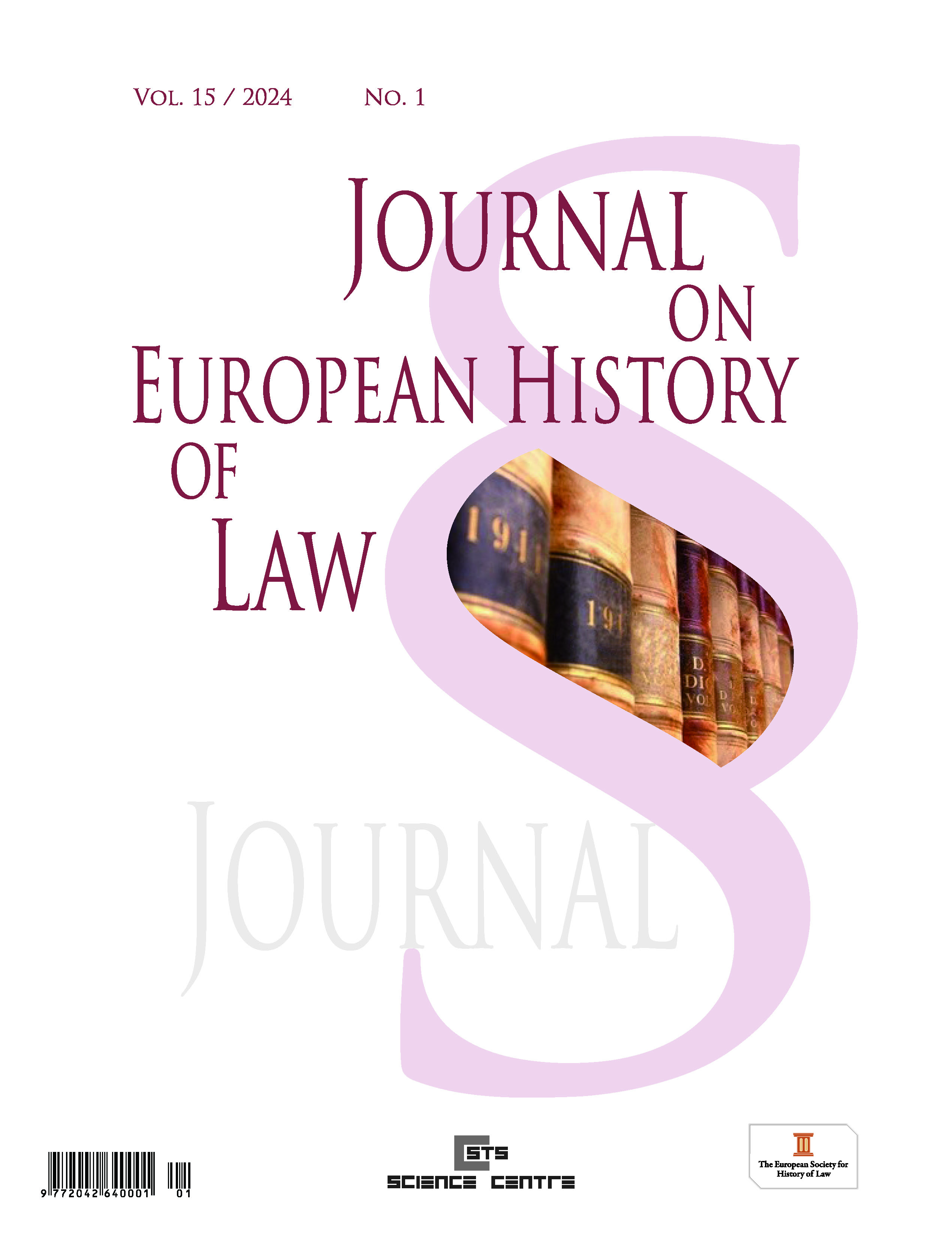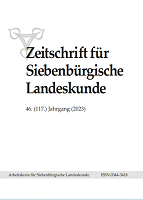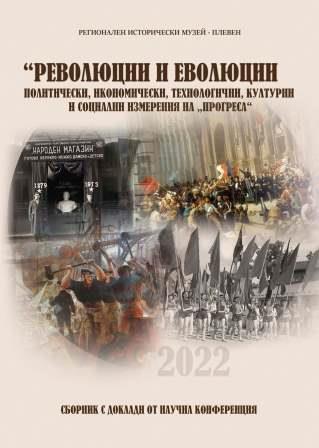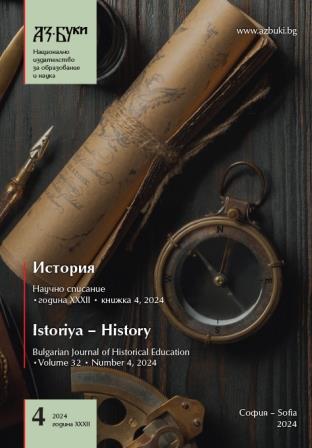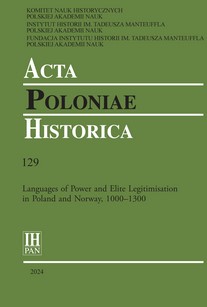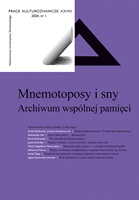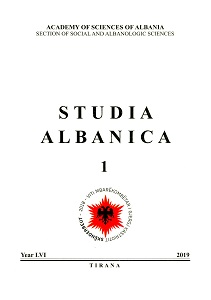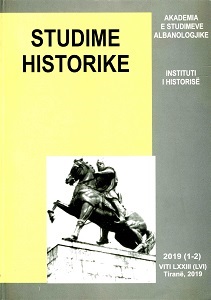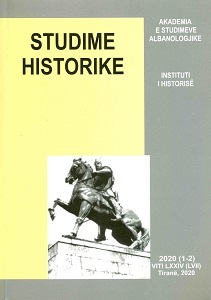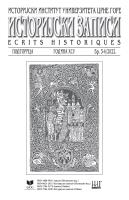Author(s): Miljan Gogić / Language(s): Montenegrine
Issue: 4/2022
Ever since the time of Flaminius Cornelius, in science and literature, it is considered that Grimoald performed his duty as bishop of Kotor at the end of the 11thcentury (1090). In the copy of the manuscript collection entitled Storia delle Bocche di Cattaro di Francesco de Smecchia, which is kept in the Archives of the HAZU in Zagreb, there is information about this Kotor bishop. In that collection, first of all, there is a section about him in which his activities in Kotor are cautiously linked to the Venetian conquest of Kotor in 1378. In the same copy of the collection, there are data that create the possibility of putting forward the assumption that the time of his activity in Kotor can be placed in another period, at the end of the 13thcentury. In the aforementioned manuscript, there is a list of Kotor bishops (18 in total) who performed their duties from the beginning of the 12thto the middle of the 14thcentury. The order of the mentioned Kotor bishops in it, excluding Grimoald, is identical to the one accepted in science. It states that Grimoald was a bishop in 1290. Grimoald‘s activity in Kotor is linked to his pastoral letter that refers to marriages in Kotor. In it, Grimoald presents the circumstances surrounding marriage that were applied in Kotor, and which were not in accordance with church canons. He states that only relatives of the spouses were present during the marriage ceremony, without representatives of the church. This happened, according to Grimoald, for the reason that the spouses were often in the fourth, illegal degree of consanguinity. These norms, the necessity of the presence of members of the clergy at the time of marriage and the prohibition of marriage in the fourth degree of consanguinity were adopted at the Fourth Lateran Council (1215), but they were apparently not respected in Kotor at the end of the 13th century. The conclusion of marriage in an illegal degree of kinship, not only in Kotor, but also in other cities of Zeta and Southern Albania at the turn of the 13th-14th century, is also mentioned in the letter of Pope Benedict XI from November 1303, which confirms the allegation from Grimoald‘s episcopal letter.
More...
